detail profile roy andersson
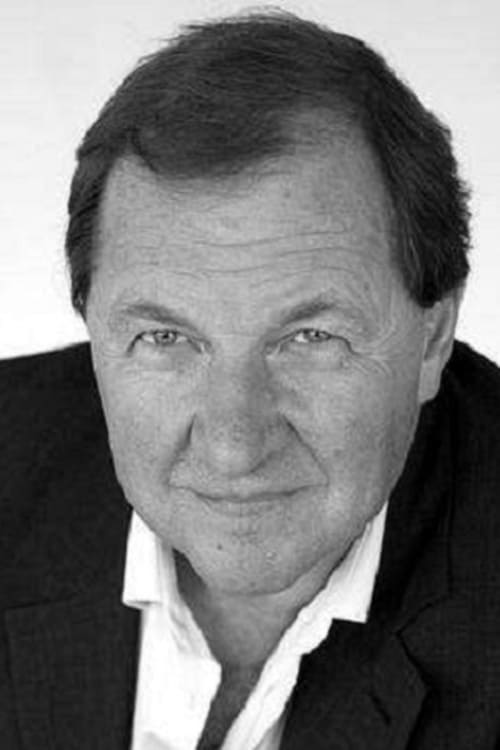
Roy Andersson
로이 앤더슨
atau dikenal sebagai
Riwayat Hidup
Roy Arne Lennart Andersson is a Swedish film director, best known for his distinctive style of absurdist humor and melancholic depictions of human life.
His personal style is characterized by long takes, and stiff caricaturing of Swedish culture and grotesque.
Over his career Andersson earned prizes from the Cannes Film Festival, Berlin International Film Festival and Venice International Film Festival.
Andersson spent much of his professional life working on advertisement spots, directing over 400 commercials and two short films; directing six feature-length films in six decades.
He made his feature film debut with A Swedish Love Story (1970) followed by Giliap (1975).
Anderson received the Cannes Film Festival Jury Prize for Songs from the Second Floor (2000).
His film A Pigeon Sat on a Branch Reflecting on Existence (2014) won the Venice International Film Festival's Golden Lion.
He other notable films include You, the Living (2007), and About Endlessness (2019).
Imdb Mini Bio By ; yusufpiskin
Info Pribadi
Peran Yang Di Mainkan Roy Andersson
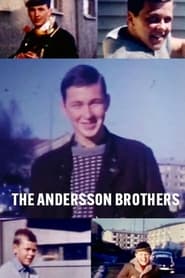 A tender portrayal of four stubborn...
A tender portrayal of four stubborn...The Andersson Brothers 2024
A tender portrayal of four stubborn brothers becomes a touching contemporary Swedish family chronicle about dreams, class, heritage, and the difficulty of connection. The Andersson brothers grew up in a working-class home in Gothenburg. Roy became an internationally acclaimed filmmaker while Ronny ended up as a homeless man. Kjell became a documentary filmmaker, and Leif lives as a disability pensioner.
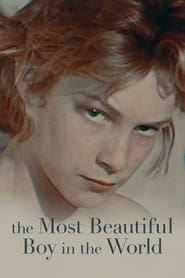 In 1971 due to the world premiere...
In 1971 due to the world premiere...The Most Beautiful Boy in the World 2021
In 1971, due to the world premiere of Death in Venice, Italian director Lucino Visconti proclaimed his Tadzio as the world’s most beautiful boy. A shadow that today, 50 years later, weighs Björn Andrésen’s life.
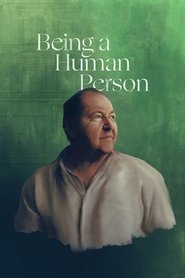 At 76 Swedish auteur Roy Andersson is...
At 76 Swedish auteur Roy Andersson is...Being a Human Person 2020
At 76, Swedish auteur Roy Andersson is about to complete his last film. With the end of his career in sight, the central thematic concerns of Roy's work - vulnerability, insecurity and mortality - spill over into his creative process.
 A reflection on human life in...
A reflection on human life in...About Endlessness 2019
A reflection on human life in all its beauty and cruelty, its splendor and banality, guided by a Scheherazade-esque narrator. Inconsequential moments have the same significance as historical events. Simultaneously an ode and a lament, presents a kaleidoscope of all that is eternally human, an infinite story of the vulnerability of existence.
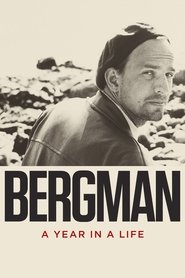 The year 1957 was one of the...
The year 1957 was one of the...Bergman: A Year in a Life 2018
The year 1957 was one of the most prolific for the Swedish filmmaker Ingmar Bergman: he shot two films, released two of his most celebrated films and produced four plays and a TV movie while juggling with a complicated private life.
 Swedish Prime Minister Olof Palme was...
Swedish Prime Minister Olof Palme was...Palme 2012
Swedish Prime Minister Olof Palme was openly shot to death on a February evening 1986 on the streets of Stockholm. In one night, the country of Sweden was transfigured. “Palme” is about his life, his time, and about the Sweden he had created. About a man who altered history.
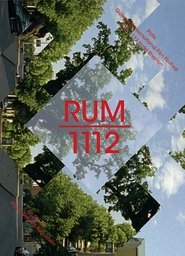 In room 1112 at hotel Riverton during...
In room 1112 at hotel Riverton during...Room 1112 2012
In room 1112 at hotel Riverton during Göteborg's 2011 film festival, director Jonas Selberg Augustsén brings together some of Sweden's most famous film workers and asks a question: "Are the celluloid film about to die, and what do you think it means for the moving image?" The film is inspired by Wim Wender's 1982 documentary, Chambre 666.
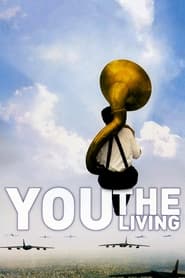 In the Swedish city of Lethe...
In the Swedish city of Lethe...You, the Living 2007
In the Swedish city of Lethe, people from different walks of life take part in a series of short, deadpan vignettes that rush past. Some are just seconds long, none longer than a couple of minutes. A young woman remembers a fantasy honeymoon with a rock guitarist. A man awakes from a dream about bomber planes. A businessman boasts about success while being robbed by a pickpocket, and so on. The absurdist collection is accompanied by Dixieland jazz and similar music.
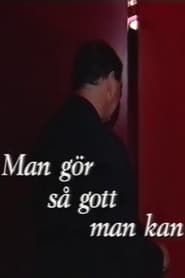 Follows Roy Andersson around different film...
Follows Roy Andersson around different film...You Do the Best You Can 2001
Follows Roy Andersson around different film festivals as he tries to launch his new film "Songs from the Second Floor" mixed with interviews with family members and colleagues.
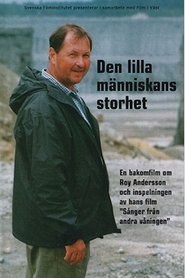 Documentary depicting Swedish director Roy Andersson...
Documentary depicting Swedish director Roy Andersson...The Greatness of the Small Man 2000
Documentary depicting Swedish director Roy Andersson in how he transforms his thoughts about the prevailing social climate, evil and superstition to fictional film.
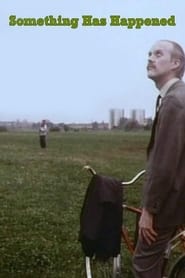 As the AIDS epidemic was spreading...
As the AIDS epidemic was spreading...Something Has Happened 1987
As the AIDS epidemic was spreading in 1987, the Swedish government commissioned Roy Andersson to make an educational film about the disease. In these twenty or so monotone scenes, Andersson criticizes the medical community for its dehumanizing and racist tendencies when researching HIV and AIDS.
 In a minor town the morose...
In a minor town the morose...Giliap 1975
In a minor town the morose manager is primarily responsible for the bad atmosphere of a restaurant. But central for the plot are three persons: a male waiter who is never named (here called W), the female waiter Anna, and "the count", a self-invented nickname by a man cleaning plates. The count is skilled in making others do what he wants. Half a dozen of the personnel assist in a poorly planned and failed attempt to liberate a man whom the police move from one arrest to another. The event involves stealing a motorcycle and threatening policemen with a gun. Anna strongly tries to make contact with W. Finally it turns out that she need his help to break her sexual relation to the count, a relation that from her part is not motivated by positive feelings. W rejects her attempts. And then Anna has suddenly gone. She has got a pleasant job in another town. And then W's feelings awaken.
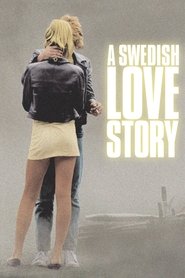 The puppy love of two teenagers...
The puppy love of two teenagers...A Swedish Love Story 1970
The puppy love of two teenagers is set against a backdrop of adults struggling with their own lives. As a couple in love, they don't care about anything but themselves and seem totally unaware about everything that surrounds them.
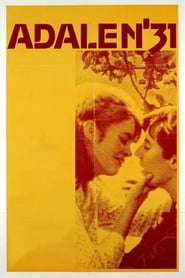 A film about the 1931 dalen shootings...
A film about the 1931 dalen shootings...Adalen 31 1969
A film about the 1931 Ådalen shootings, in which Swedish military forces opened fire against labour demonstrators in the Swedish sawmill district of Ådalen.
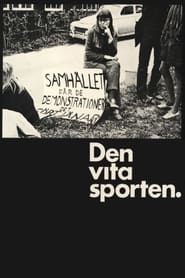 Documentary film about the protests against...
Documentary film about the protests against...The White Match 1968
Documentary film about the protests against the 1968 Davis Cup tennis match between Sweden and Rhodesia, in Båstad, Sweden. In a series of interviews, demonstrators and members of the Swedish government give their views on sport, politics and civil disobedience.
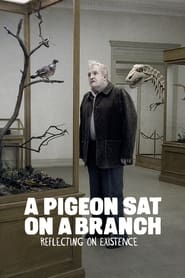 An absurdist surrealistic and shocking pitchblack...
An absurdist surrealistic and shocking pitchblack... A monumental traffic jam serves as...
A monumental traffic jam serves as...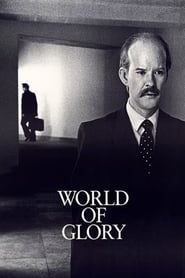 The narrative portrays a plain man...
The narrative portrays a plain man...